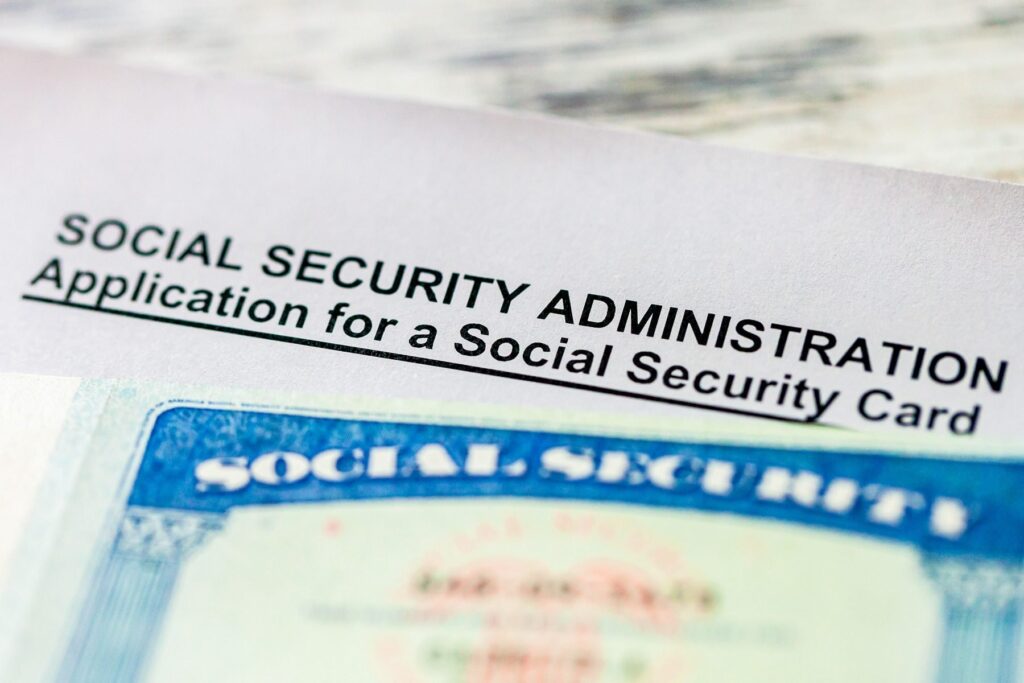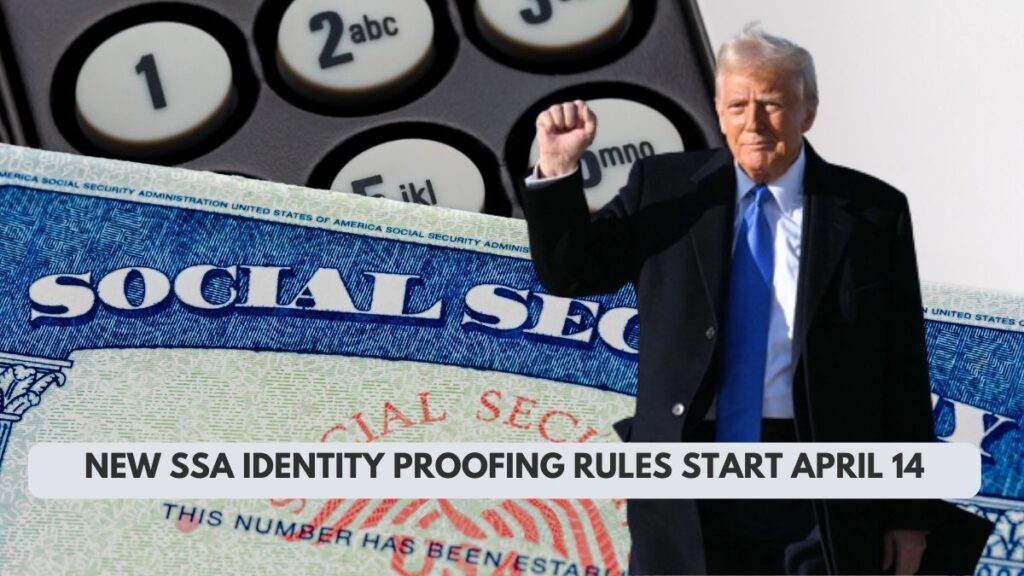The Social Security Administration (SSA) is tightening its identity verification process in a move aimed at reducing fraud and enhancing the security of benefit claims. The updated policy, which was originally set for early April, will now take effect on April 14, 2025. Here’s a breakdown of what’s changing and how you can prepare.
Why the Change?
The SSA is introducing enhanced identity proofing requirements to ensure that only verified individuals receive benefits. This change follows growing concerns about identity theft and fraud in Social Security applications.
While the goal is to increase protection, the SSA has acknowledged concerns about accessibility. As a result, the policy was postponed by two weeks to give employees more time to be trained and ready to assist claimants.

Who Is Affected?
These ID changes primarily affect people applying for:
- Retirement Benefits
- Survivors Benefits
- Auxiliary Benefits (e.g., spouse or child of a retired or deceased worker)
If you’re applying for any of the above and can’t verify your identity online through the SSA portal, you may be required to visit a local Social Security office in person.
Who Is Exempt?
Not all claimants are subject to the in-person ID requirement. The following applicants are exempt from the change if they can’t verify their identity online:
- Medicare applicants
- Social Security Disability Insurance (SSDI) applicants
- Supplemental Security Income (SSI) claimants
These individuals will still be able to complete their claims over the phone without needing to visit an SSA office.
How to Prepare for the April 14 Changes
1. Create a ‘my Social Security’ Account
The SSA recommends that all beneficiaries create a free my Social Security account. This is the simplest and most secure way to verify your identity and manage benefits online.
2. Check Your ID Documents
If you’re required to verify in person, make sure you have valid, government-issued ID, such as:
- A U.S. passport
- State-issued driver’s license
- Non-driver photo ID
Having these ready will help prevent delays in benefit processing.
3. Schedule an Appointment Early
SSA offices will likely see a surge in foot traffic following these changes. To avoid long wait times, it’s best to schedule an appointment ahead of time via the SSA’s field office locator tool.
Direct Deposit Change Improvements

In addition to ID verification changes, the SSA is also speeding up its handling of direct deposit update requests. Starting in April, changes to bank account details will be processed within one business day, compared to the current 30-day timeframe.
This update is particularly important for retirees and SSI/SSDI beneficiaries who want to quickly update their payment methods without payment disruption.
What If You Can’t Visit an SSA Office?
Some lawmakers and advocates expressed concern over the burden of in-person visits, especially for elderly or disabled individuals. In response, the SSA clarified that:
- Many claims can still be processed online or by phone.
- Field office visits are required only in specific identity verification cases.
For further assistance, you can call the SSA’s national helpline at 1-800-772-1213.
Final Thoughts
While the SSA’s new identity proofing rules are a step forward in preventing fraud, they also require proactive planning on the part of beneficiaries. By setting up your online account, confirming your documents, and scheduling any necessary appointments, you can make sure your benefits aren’t delayed.
For more updates, visit the official Social Security Administration website: https://www.ssa.gov
This article has been carefully fact-checked by our editorial team to ensure accuracy and eliminate any misleading information. We are committed to maintaining the highest standards of integrity in our content.



